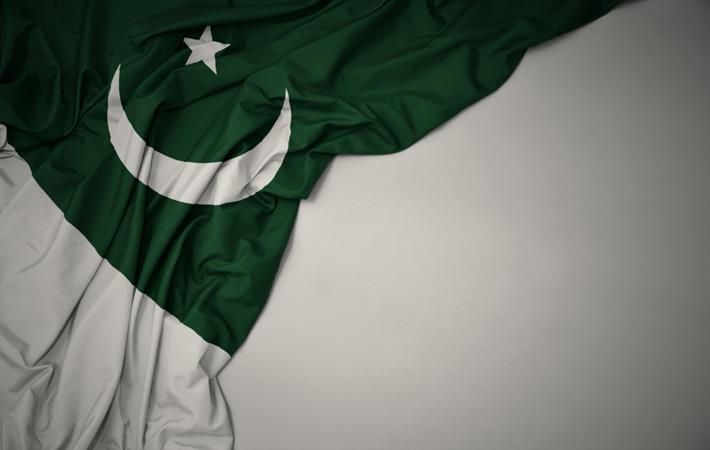Pakistan’s economy moved progressively along the adjustment path during the first quarter of fiscal 2019-20, according to the State Bank of Pakistan’s first quarterly report on the state of economy. The macroeconomic stabilisation process picked up momentum with the initiation of the International Monetary Fund’s Extended Fund Facility programme.
The bank continued to keep the monetary policy consistent with the medium-term inflation target; whereas, consolidation efforts were visible on the fiscal front. Furthermore, a market-based exchange rate system was implemented, to which the interbank foreign exchange market adjusted relatively well.Pakistan's economy moved progressively along the adjustment path during the first quarter of fiscal 2019-20, according to the State Bank of Pakistan's first quarterly report on the state of economy. The macroeconomic stabilisation process picked up momentum with the initiation of the International Monetary Fund's Extended Fund Facility programme.#
The government avoided deficit monetisation, including rollover of SBP debt and actively pursued documentation efforts.
According to the report, the payoff from ongoing stabilisation efforts has become visible in the form of declining twin deficits. The current account deficit in the first quarter of this fiscal fell to less than half of last year’s level, primarily on the back of significant import compression.
Owing to low unit prices, exports growth remained low. However, in volumetric terms exports witnessed noticeable growth. On the fiscal front, the overall deficit remained lower as compared to the same period last year, and the primary balance recorded a surplus for the first time in seven quarters.
This improvement was made possible through both revenue enhancing and expenditure control measures. Importantly, development expenditures witnessed a sharp growth of 30.5 per cent during the quarter.
In case of GDP, the report noted that the revised estimates for the kharif season suggest that the production of important crops is likely to fall short of target for this fiscal. The large-scale manufacturing sector witnessed a decline of 5.9 per cent in Q1-FY20 on year on year basis.
This contraction was broad-based, as construction-allied industries, petroleum and automobile industries continued on downward path. In contrast, previous corrections in the exchange rate helped the export-oriented industries, as reflected in the relatively better performance of textiles and leather. On balance, however, achieving the real GDP growth target of 4 per cent appears unlikely.
On the external front, the balance of payments continued to improve during Q1-FY20. Beside significant improvement in trade deficit, and with the receipt of the first EFF tranche from the IMF and increase in foreign portfolio investment, the current account gap was plugged by the available financial flows. These inflows also helped the SBP to increase its foreign exchange reserves by $ 656.2 million and reduce its net forward liabilities by US$ 1.3 billion during the quarter.
Going forward, the report emphasizes, it is vital that the government continues to address the underlying structural vulnerabilities and put the economy on a balanced and sustainable growth trajectory.
Furthermore, there is a need to build on gains on the ease of doing business front. Side by side, it is equally important for firms to leverage on the facilitative policies, particularly the export-promotion incentives, and gain a foothold in the global value chains (GVCs). As mentioned in a separate special section in the report, increased participation in the GVCs would not only align the country’s product mix with trends in global demand , nut also put the exports on a sustainable growth path.
Fibre2Fashion News Desk (DS)
